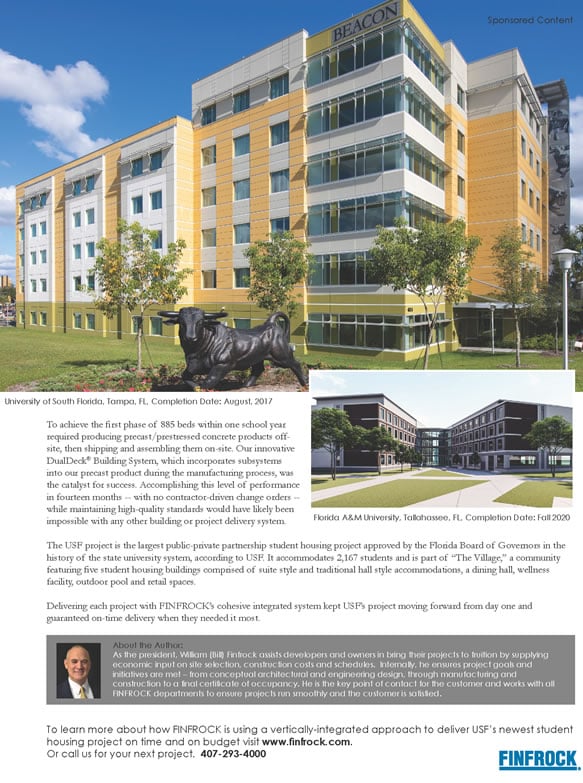It is difficult enough for breast cancer patients to undergo significant surgery and face the prospect of chemotherapy and/or radiation afterward. About a fifth of those who undergo surgeries also deal with lymphedema, an often-debilitating fluid buildup in the arm caused by the removal of lymph nodes.
“An arm that is not draining well (also) is more prone to infection,” says Eli Avisar, a breast cancer surgeon at the University of Miami’s Sylvester Comprehensive Cancer Center. Patients who get a cut or a burn are more vulnerable.
The Mayo Clinic says there is no cure for lymphedema. There are treatments, including compression and drainage, but they are “much more complicated and the success rate is not good,” Avisar says. Surgical innovations to minimize occurrences showed promise but were complicated and required a second specialist’s presence.
Avisar thought there had to be a better way. He found it about a decade ago with what he calls the Simplified Lymphatic Microsurgical Preventing Healing Approach (SLYMPHA) procedure. It uses blue dye to help better locate lymphatic channels to help surgeons route fluid into nearby veins to avoid buildups. He refined the procedure over time, identifying which “very small instruments” work best in the narrow channels.
“It requires some finesse,” he says, but adds only about a half-hour to the surgery and has greatly reduced lymphedema cases.
“We cure a lot of patients,” says Avisar, who has performed the procedure around 500 times over the past decade, “but we try to do this with less morbidity, less collateral damage.”
His technique has become standard and has been taught for the past five years at the American Society of Breast Cancer Surgeons, Avisar says. “SLYMPHA is a safe and relatively simple method, which continued its efficacy after a long-term follow up period,” said a 2022 paper that Avisar co-authored in the European Journal of Surgical Oncology.
Surgeons are doing fewer mastectomies and more procedures that preserve the breast. But surgeries still often involve removing lymph nodes, a key part of the immune system, to ensure a cancer hasn’t spread elsewhere in the body. Nodes are tiny and hard to navigate, the American Cancer Society says. If the fluid left behind has nowhere to drain, patients can face new hardship.
Lymphedema cases also occur less frequently “because modern surgery removes fewer lymph nodes in the underarm area (axillary lymph nodes) than in the past,” the Susan G. Komen breast cancer foundation reports.
While Avisar is a breast cancer surgeon, the SLYMPHA technique can be used anytime lymph nodes are surgically removed.
“The worst that can happen is it doesn’t work,” he says. “We haven’t had any significant complications at all.”













